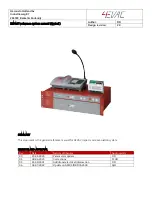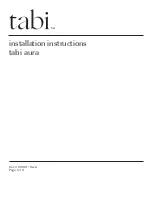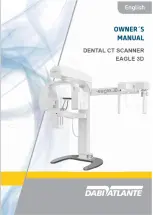
Operating Environment
Heat Generation and Dissipation of System
Thermo Scientific
iCAP RQ Pre-Installation Requirements Guide (P/N BRE0009927, Revision A)
3-5
Heat Generation and Dissipation of System
Heat generation and heat dissipation of the system depend on the
equipment employed. However, the iCAP RQ system must always be
operated with active plasma exhaust. For a description of the exhaust
system, see
.
For estimated values for the average heat dissipation of the mass
spectrometer and other heat sources during analysis, see
NOTICE
Water-cooled chillers minimize the heat dissipation into the
laboratory environment.
▲
NOTICE
The values listed in
are for a laboratory temperature
of 23 °C and a cooling water temperature of 20 °C. A higher room
temperature and/or lower cooling water temperature will increase the
heat generation.
▲
Table 3-3.
Heat generation for a typical instrument
Module
Heat Generation [W]
at 50 Hz
Heat Generation [W]
at 60 Hz
Instrument with plasma
gas and instrument exhaust
port connected
350
350
Fore Vacuum Pump
900
1100
Recirculating Chiller
2650
2650
Monitor
25
25
Computer
75
75
















































